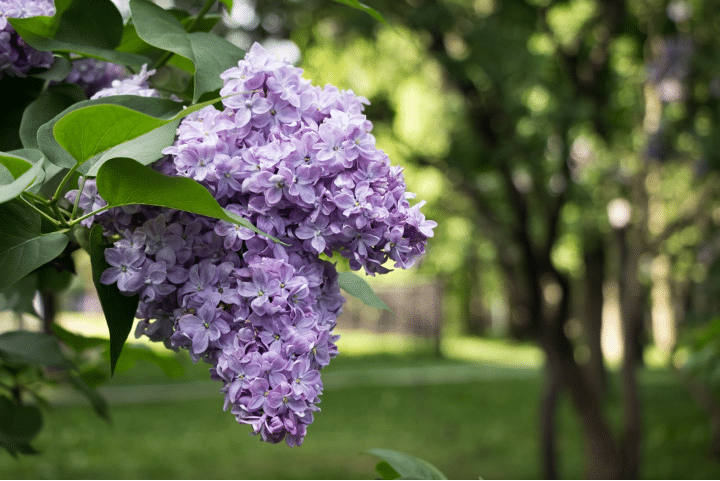Think beyond color when adding to your garden

Sorry. Too much time on my hands today.
When I was teaching Sustainable Landscape Design at The University of Tennessee, there were some keywords I would use to describe a great garden. “Line, form, color, texture, balance, and contrast” were but a few of these. When I speak with a client about a project, guess which word would rise to the top? Yep! Color. “I just want lots of color…….and I want it to be low maintenance. My stomach still flips when I hear the latter. For one, great gardens and low maintenance go together about as well as chocolate ice cream and ketchup. Forget it! Low-maintenance gardens, if there is such a thing, are boring. I’ll save the rest of that soapbox speech for another day.
But color? Sure, it grabs attention like cute puppies on Instagram. I would use Butchart Gardens in Victoria, British Columbia as an example. Without their monstrous budget for annual flowers, this is a pretty good garden but as far as design goes, I’ve seen better. (What a snob I am!).
To appreciate color, we use one of our five senses. But what about the others? Sound, taste, touch, and smell are just as important when experiencing a garden but these senses are a bit harder to pinpoint and appreciate so allow me to elaborate.
SOUND
I was on the phone sitting in my favorite spot on the screened porch the other day talking to a client and he said it sounded like I was in the middle of a bird sanctuary. I joked but after our conversation, it dawned on me just how lucky we are. I say lucky but some of this may be by design. We have many bird baths and a garden that makes a pretty nice habitat for songbirds (lots of nesting opportunities and cover) but it’s still so easy to take everyday things for granted.
Sound in the garden may be an attraction in other ways besides songbirds. Water features can make a beautiful sound if designed properly. Even winter beech tree leaves add a musical element as they rattle during our “ber” months (October, November, and December).
TOUCH
I have been making homemade greeting cards for family members for over 40 years. I remember a birthday card I made for my wife saying something along the lines of “You’re only as old as you feel” and a cartoon of me giving her a little hug on the front. You get the idea. Anyway, I’m a sucker for the texture of plants in a garden. There is one ornamental grass, common name Mexican Feather grass (Nassella tennuisima) that I dare anyone not to run their hands through. Tactile qualities are a very overlooked feature of plants. We all know to keep our hands off of Chinese holly, barberry, and mock orange but who can keep their hands off something called “soft touch holly”?
At Kew Gardens in London there was a path near their children’s garden called the
“barefoot walk”. Just as it says, visitors were encouraged to take off and carry their shoes as they walked over a variety of textures including smooth stones, shallow water, sand, and mud (for the thrill seekers). Allowing visitors to appreciate the true “feel” of a garden is a unique way of introducing them to qualities beyond just the visual.

Barefoot Walk – Kew Gardens
TASTE
Hmmmm? Tasting the garden? Sure, if it contains tomatoes, apples, and carrots. What can’t you eat in the garden? Aside from the common veggies and fruits, there are loads of edible flowers as well. Just have a look at a recent post I wrote here: https://ahomeforyourgnome.com/feasting-on-beauty/
The beautiful, (but kind of aggressive) redbud trees Cercis canadensis were in full bloom not too long ago. I picked a few flowers and gave them a try. Not really much there. I prefer nasturtiums personally. Some other not widely known things to eat in a garden include Paw paw, Kousa dogwood, the fruit of our native persimmon (much different than the larger Japanese persimmon and with a fairly narrow window of yumminess. Definitely not before the first frost or these will turn your mouth inside out.
SMELL
Alright, I’ve saved the best for last (a matter of personal opinion, I’ll grant you). I LOVE fragrance in a garden. I probably grow more herbs just to snort than I do to cook with. The olfactory experience is so much more than I can write here but we’ve all experienced time travel when catching certain whiffs.
For me, it’s lilac. A very temperamental plant here in the south but there are a few. When I catch the fragrance of a true lilac (Syringa vulgaris), not the fancy Southern varieties like the less heady Miss Kim and so many others, I am taken back to my western New York childhood and can’t help but smile.

You just can’t beat a lilac to wake up your nose.
A few other plants to smile about with regard to fantabulous fragrance include lavender, mint, clethra, Easter lilies, gardenia, star jasmine, daphne, pinxterbloom azalea, and what I call the southern answer to lilac, Carlesii viburnum, and white fringe tree. Elegagnus fruitlandi also emits an amazing scent in the fall but since it’s invasive, I’ll probably get slapped for listing it here. Knockout roses: if you just want color, go ahead but for me, a rose without fragrance has about the same value as those strip-mined winter tomatoes. Pretty to look at and that’s all.
So, there you have it. A few more things to consider beyond just color for your next garden center or plant sale shopping adventure.
Till next time,
TASTE, TOUCH, HEAR, and FEEL YOUR GARDEN!
Please share and subscribe! https://ahomeforyourgnome.com/

